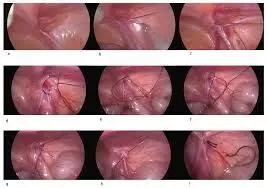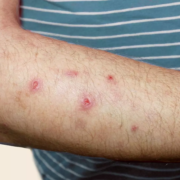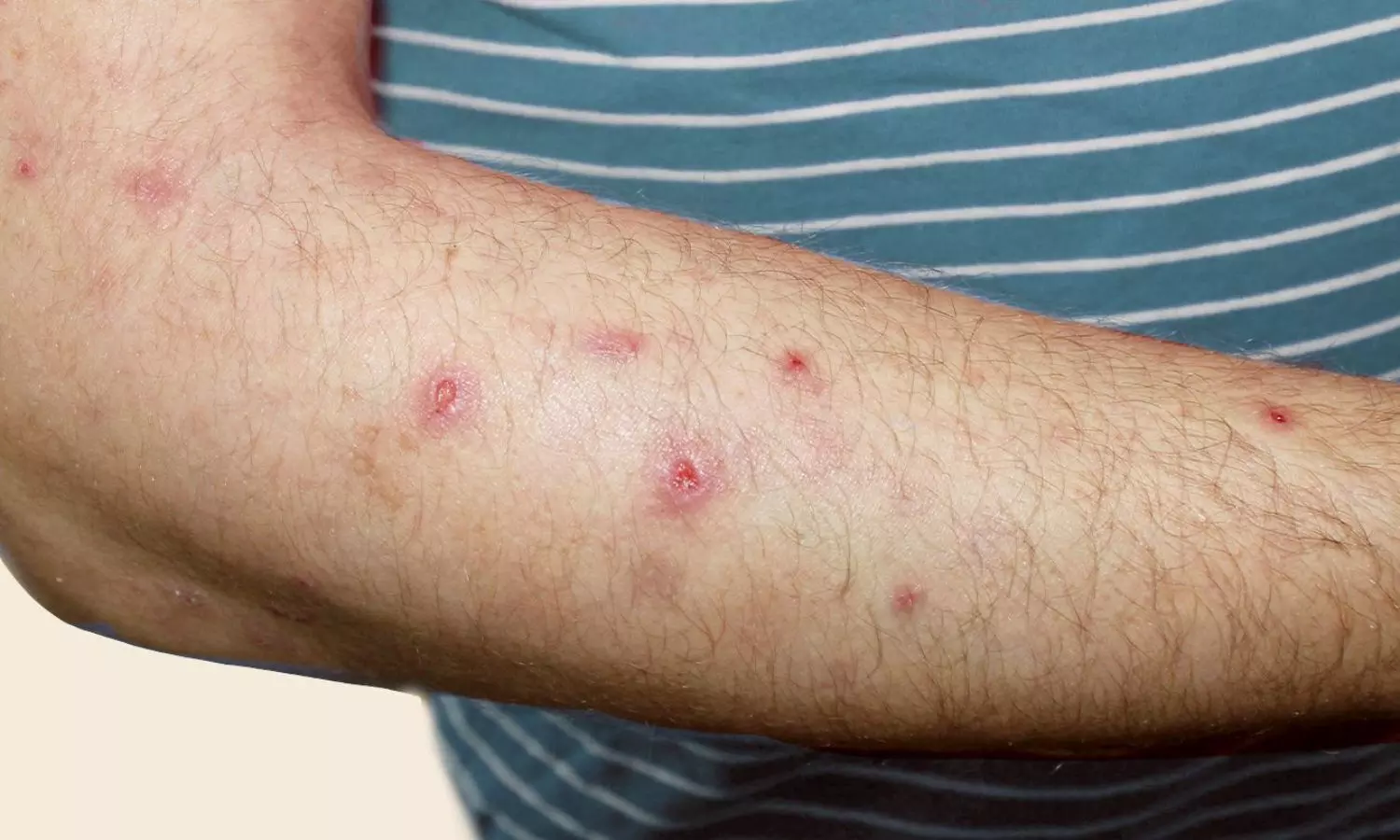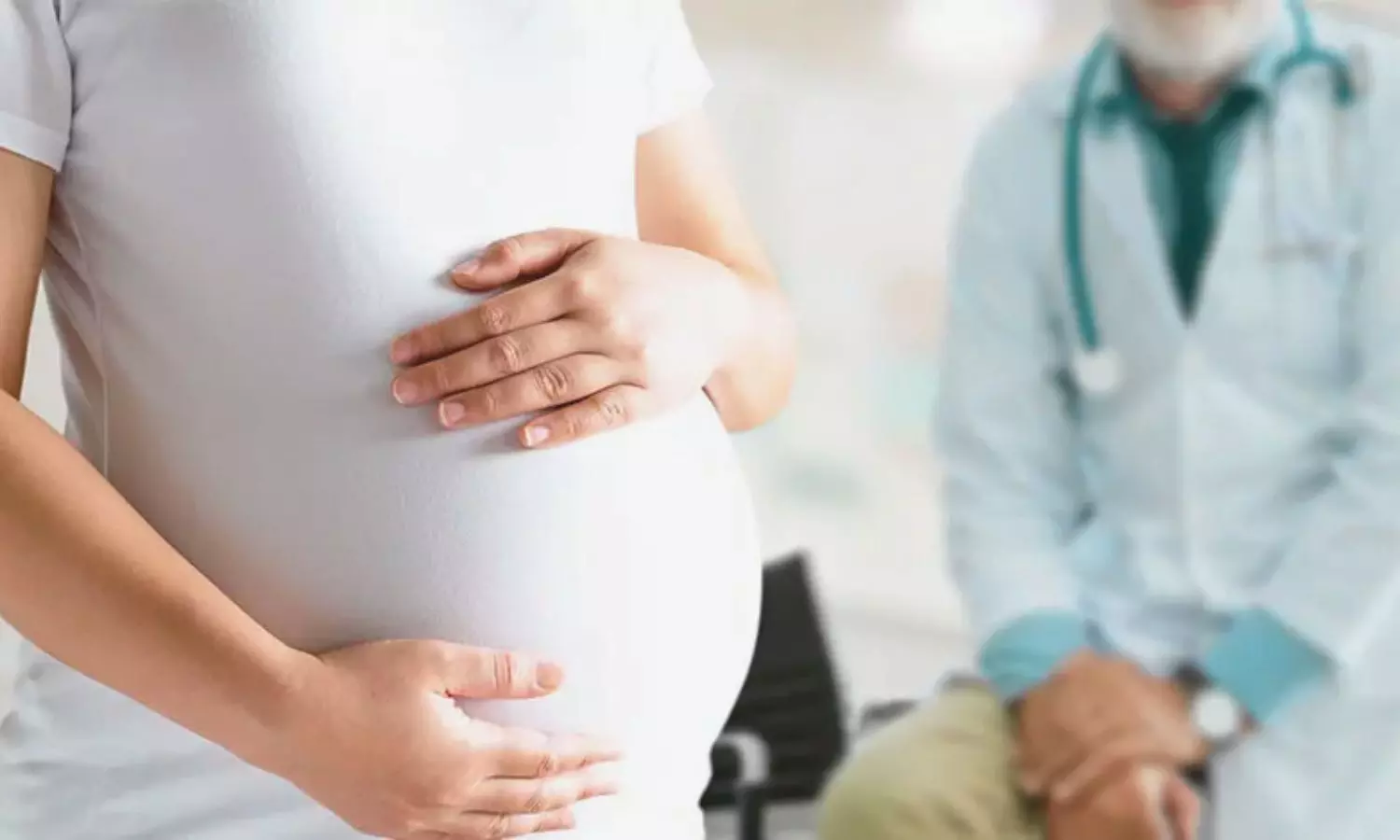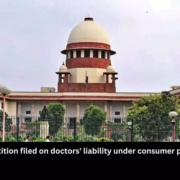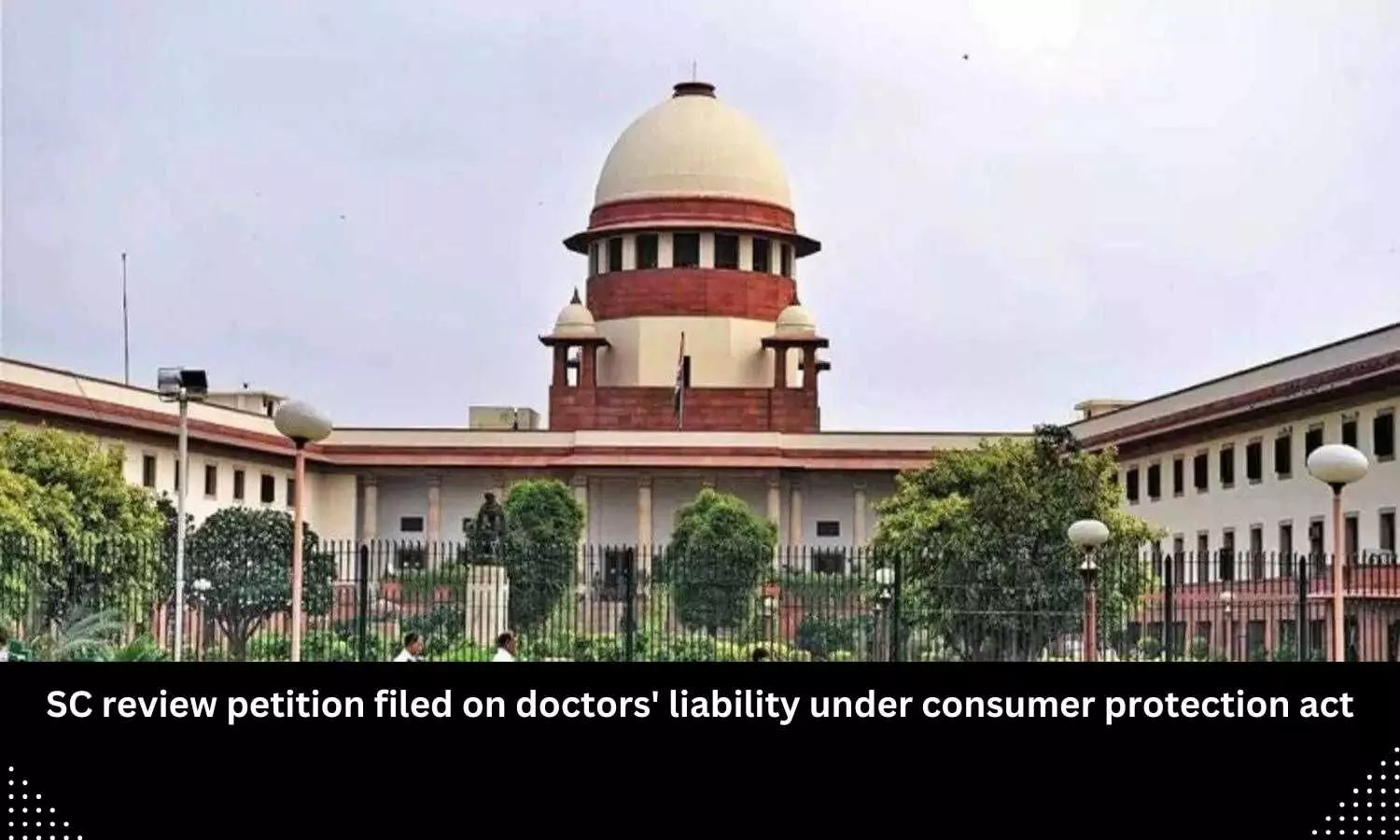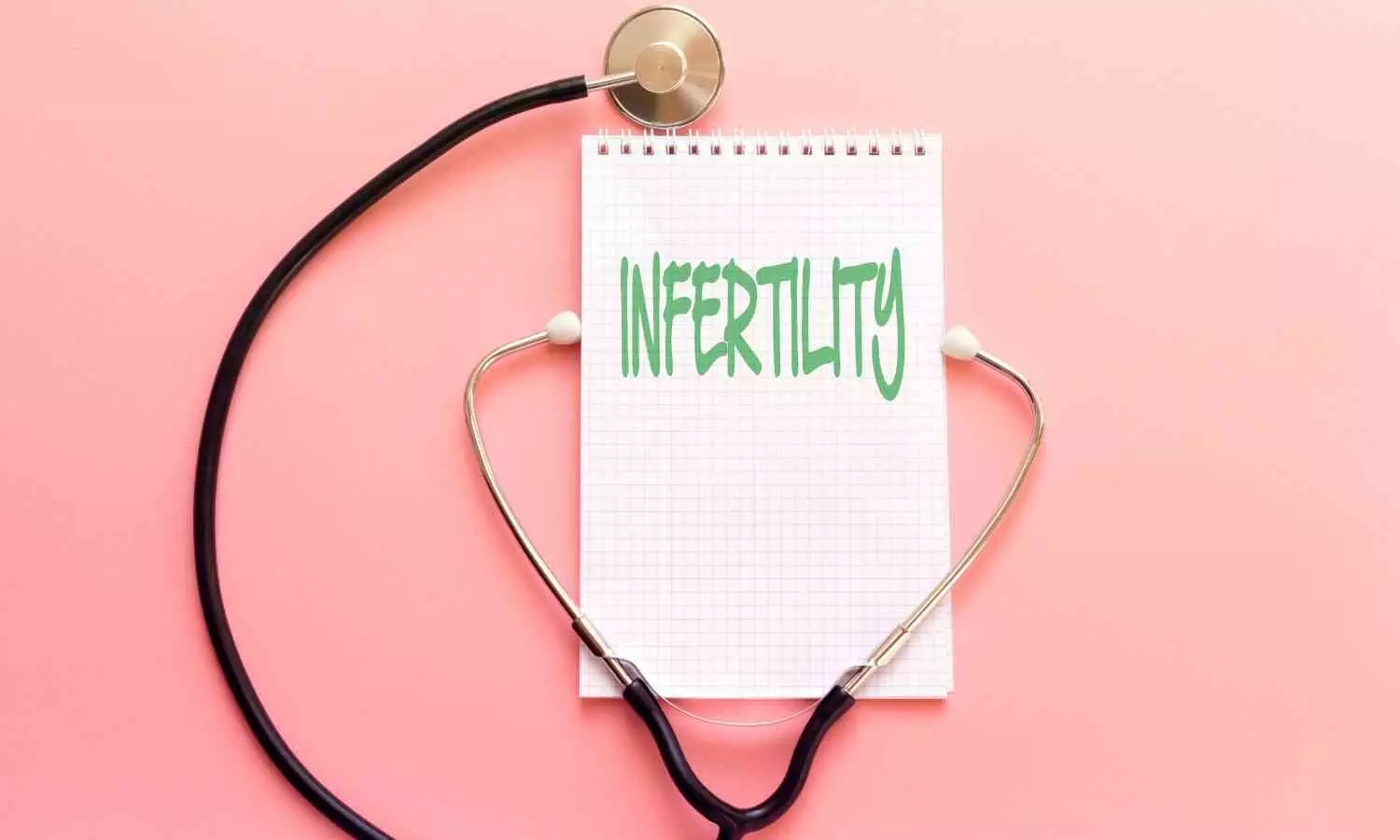
Women who experience infertility but do not use fertility treatments have a higher risk of developing a group of conditions called systemic autoimmune rheumatic diseases (SARD) in the nine years after a naturally conceived birth compared to women without fertility problems.
The new research, published in Human Reproduction , one of the world’s leading reproductive medicine journals, found that this was true even after accounting for higher rates of pre-eclampsia (high blood pressure during pregnancy), preterm birth (babies born alive earlier than 37 weeks) and stillbirth, all of which are associated with infertility and its treatments.
The researchers from the University of Toronto Scarborough, Canada, say their findings should alert doctors to the possibility that women with infertility may be at risk of future SARD or may have undiagnosed and untreated SARD.
SARD are rare but debilitating conditions in which the immune system becomes overactive and attacks the body’s own tissues. SARD include systemic lupus erythematosus (an inflammation of connective tissue marked by skin rashes, joint pain and swelling, inflammation of the kidneys and inflammation of the tissue surrounding the heart), Sjögren’s syndrome (which affects endocrine glands, particularly those that produce tears and saliva) and inflammatory myopathy (which causes muscle weakness, inflammation and pain). SARD affects women more than men, and usually during their reproductive years.
Dr Natalie V. Scime, who was a Banting Postdoctoral Fellow at ICES (an independent non-profit health research institute based in Toronto) and the Department of Health and Society at the University of Toronto Scarborough at the time of the research, is the first author of the study.
“While previous research has shown that women with infertility often have unusual immune system activity, there was little research on how infertility might be linked to autoimmune diseases,” she said. “Our team wanted to see if infertility was associated with future systemic autoimmune rheumatic diseases among women who achieve a livebirth or stillbirth, while also accounting for adverse pregnancy outcomes that may occur around the time of the birth.”
The researchers analysed data on 568,053 singleton births between 2012 and 2021 among 465,078 women aged 18 to 50 years without known pre-existing SARD. ICES collected the data from Ontario’s publicly funded health insurance plan. The data track health care visits, linking them using each person’s unique encoded health insurance identifier. This meant that data in the study captured nearly all female residents in Ontario, making the findings representative of the population.
The researchers looked at women with no infertility who conceived naturally (88% of the group) and used them as the reference group against which to measure outcomes for three further groups: women with infertility who did not have fertility treatment (9.2% of the group); women with infertility who had non-invasive fertility treatment such as ovulation induction or intrauterine insemination (1.4%); and women with infertility who had invasive fertility treatment such as in vitro fertilisation (IVF) or intracytoplasmic sperm injection (ICSI), 1.4% of the group.
The researchers adjusted their analyses to take account of factors that could affect outcomes, such as age at delivery, pre-existing conditions such as diabetes, obesity and endometriosis, maternal smoking, and reproductive history, including pre-eclampsia, previous births and stillbirths. They followed the women for an average (median) of 6.5 years, with a range of four to nine years.
“Our study revealed some fascinating insights into the link between infertility and autoimmune diseases in women,” said Dr Scime. “We found that women who experienced infertility but didn’t use fertility treatments were 25% more likely to develop SARD up to nine years following childbirth. This increased risk persisted even after we accounted for other immune-related pregnancy complications these women might have faced.
“To put this in perspective, for every 10,000 women followed for a year, we saw about nine new cases of SARD in women without infertility and 13 new cases in women with infertility who did not use fertility treatments. Interestingly, women who used fertility treatments, whether non-invasive methods like ovulation-inducing medications or more invasive procedures like in vitro fertilisation, didn’t show this increased risk. They had similar rates of autoimmune diseases as women without infertility issues, about 11 new cases of SARD for every 10,000 women followed for a year.
“The fact that we found no increased risk of SARD in women who used fertility treatments compared to fertile women may be due to the ‘healthy patient’ effect. Women who receive fertility treatments may come from more privileged backgrounds and may be healthier overall than those without access to these treatments, which puts them at generally lower risk of SARD.
“These findings are important because they suggest infertility may be an important risk marker for SARD in women who give birth. SARD can be tricky to diagnose, often taking years of untreated symptoms and multiple health care visits before a proper diagnosis is made. Early detection is crucial for preventing organ damage, improving treatment outcomes, and helping patients maintain the best quality of life possible. Our work showed that infertility care presents an opportunity for doctors to carefully screen women for rheumatic symptoms, such as unexplained fatigue, joint pain, or skin rashes, and overlapping gynaecologic symptoms, such as sexual dysfunction, and start a diagnostic work-up or rheumatology referral where necessary,” she said.
The researchers point out that their study found an association between infertility and SARD not that it necessarily causes these conditions. “Infertility can have a variety of causes like endometriosis, abnormalities in female reproductive anatomy and advanced maternal age. We didn’t have detailed information on these causes of infertility in our dataset, which may have been important for understanding our results,” said Dr Scime.
Other limitations of the study included lack of information on social and lifestyle factors for each woman. A strength of the study is the large number of women included.
Associate Professor, Dr Hilary Brown, from the same institution, who supervised the research, said: “Our study highlights several ideas for future research, such as exploring whether specific causes of infertility are more strongly associated with SARD risk, and investigating the potential biological pathways through which disease processes in SARD might impact female fertility.”
Reference:
Natalie Scime, Maria Vélez, May Choi, Joel Ray, Association between infertility and incident onset of systemic autoimmune rheumatic disease after childbirth: A population-based cohort study, Human Reproduction, https://doi.org/10.1093/humrep/deae253
